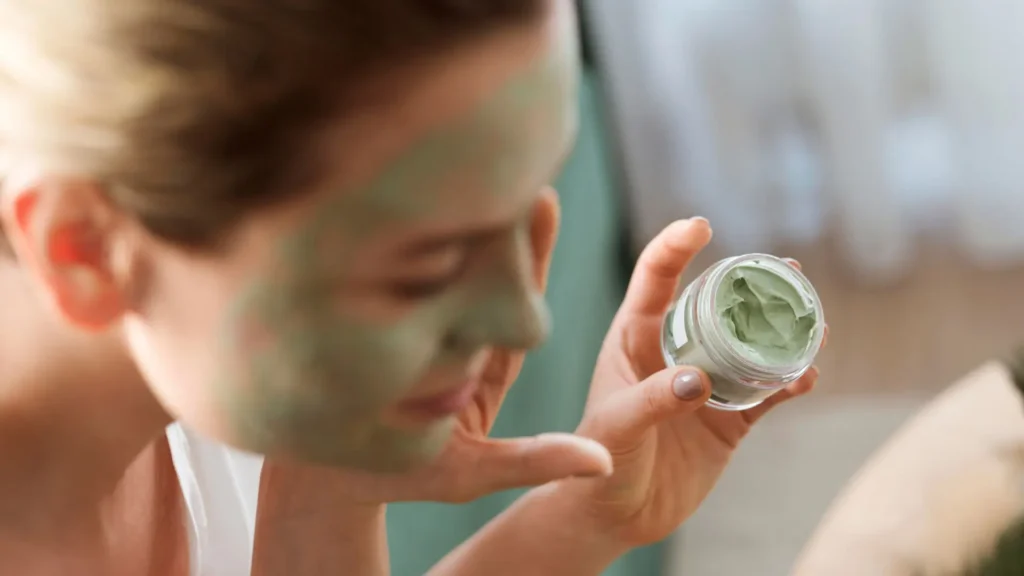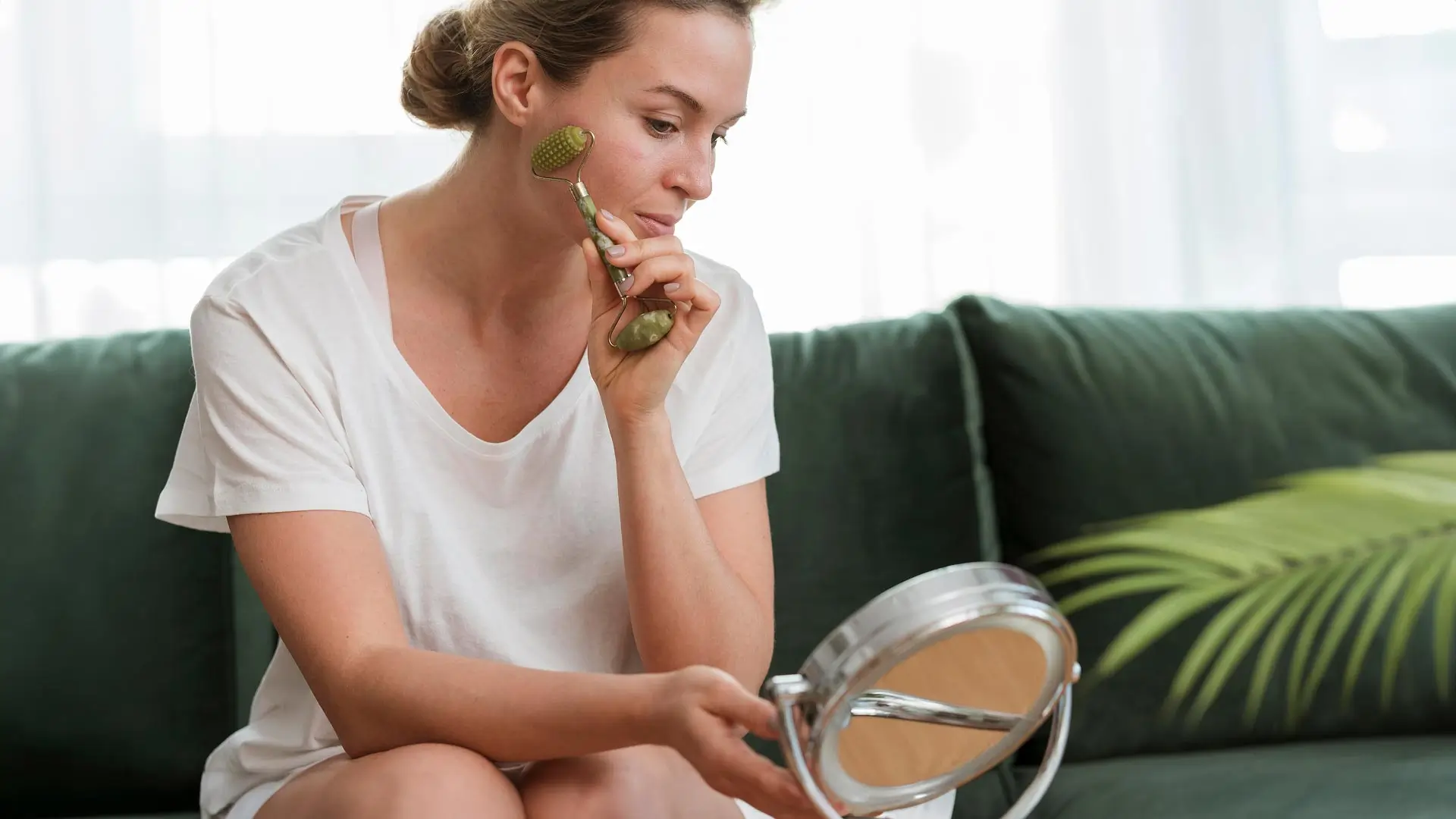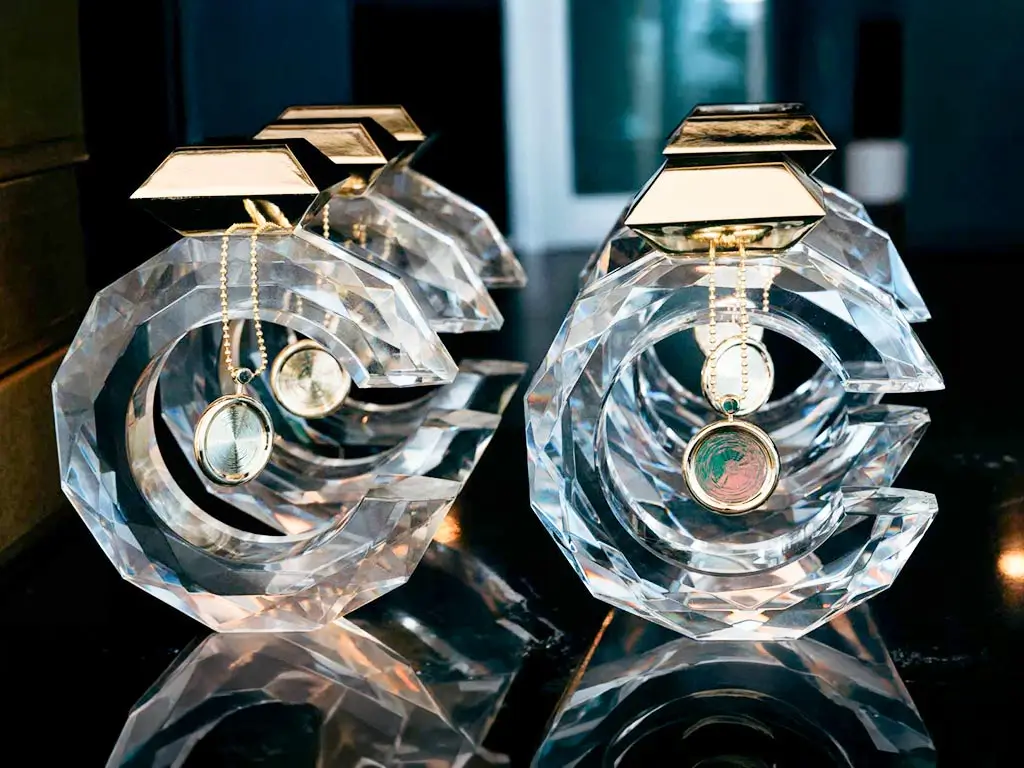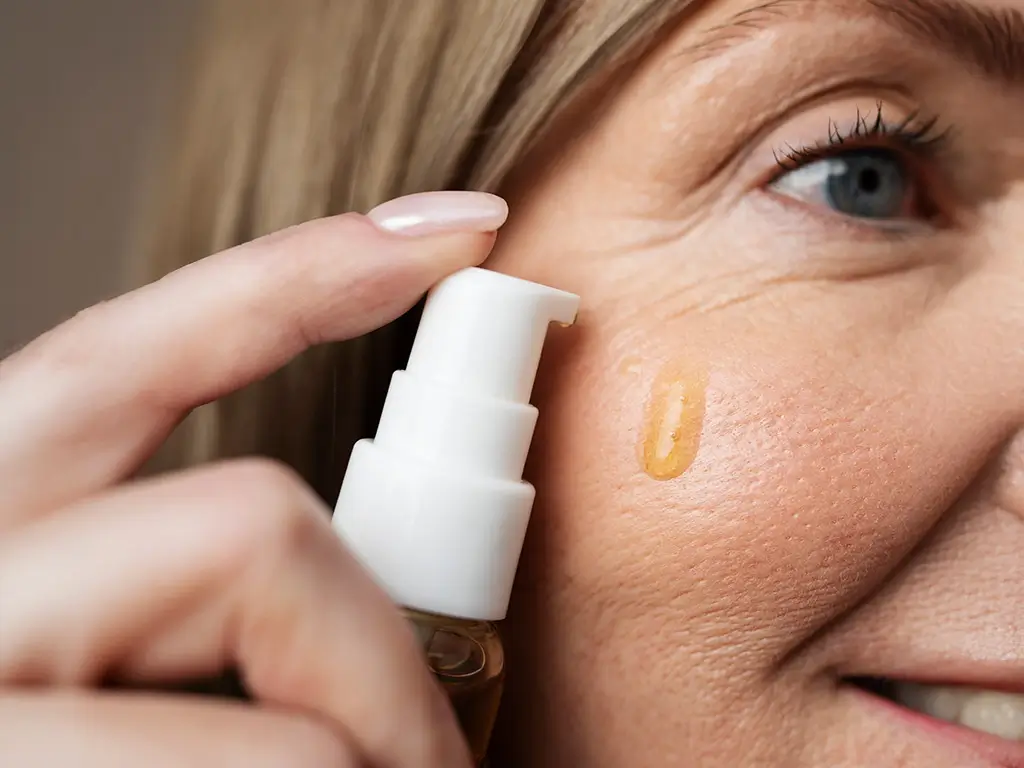What Is Beauty Biohacking?
Beauty biohacking is using scientific tools and techniques, like red light therapy, peptides, and DNA-based skincare, to enhance your appearance by working with your biology. It’s a growing trend that blends skincare with science, often used by those who want measurable, personalized results beyond traditional cosmetics.
How Is Biohacking Changing the Beauty Industry?
Biohacking has moved beyond tech circles into mainstream beauty. People now use data-driven devices, supplements, and treatments to upgrade their skin, hair, and body appearance.
Modern beauty biohackers:
- View their body as a system that they can optimize
- Track results using apps, smart mirrors, and wearables
- Experiment with both internal and external treatments
What Are the Most Popular Beauty Biohacking Techniques?
Here are some of the most widely adopted methods:
Red Light Therapy
- Uses low-wavelength light to reduce inflammation and increase collagen
- Promotes skin healing and reduces fine lines
Cryotherapy
- Involves cold exposure to tighten skin and reduce puffiness
- May stimulate circulation and improve skin texture
Microcurrent Devices
- Deliver low-voltage electricity to facial muscles
- Helps tone skin and reduce sagging
Oxygen Facials
- Deliver pressurized oxygen to the skin
- Hydrates and revitalizes dull, tired skin
Read more: Leadership Trends in Beauty and Wellness: What’s Next for 2025?

What Biohacking Supplements Support Skin and Beauty?
Some beauty-focused biohackers go beyond surface-level care and focus on cellular health using targeted supplements.
Top Beauty Biohacking Supplements:
- NAD+: Supports energy metabolism and may slow visible aging
- Peptides: Help stimulate collagen and elastin for firmer skin
- Collagen: Enhances skin elasticity and hydration
- Adaptogens: Balance stress, which can affect skin appearance
How Does Wearable Tech Support Biohacking Beauty?
New wearable devices help users monitor skin and environmental factors in real time.
Smart Beauty Tools Include:
- UV exposure sensors
- Skin hydration trackers
- AI-powered mirrors with personalized skincare insights
These devices help customize routines based on real-time feedback, making skincare more personalized and effective.
What’s the Difference Between Science and Hype?
While many biohacking products promise miracles, only some are backed by peer-reviewed research.
What Actually Has Scientific Support:
- Retinoids: Proven to boost collagen and reduce wrinkles
- Peptides: Show potential but need more large-scale trials
- LED Therapy: Backed by dermatological studies for acne and aging
Be cautious of buzzwords like “DNA repair” or “stem cell rejuvenation” without clear, published evidence.
Read more: Top Wellness and Longevity Trends for 2025
What Are the Ethical and Safety Concerns?
Biohacking beauty opens the door to new risks and ethical debates.
Key Concerns:
- Safety: Many tools and supplements are unregulated or poorly studied
- Access: High-tech treatments often exclude lower-income groups
- Natural vs. Engineered Beauty: Philosophical tension between authenticity and enhancement
While marketed as “restoring natural function,” many techniques involve highly engineered interventions.
What’s Next for the Beauty Biohacking Movement?
The future of biohacking beauty is high-tech and hyper-personalized.
Trends to Watch:
- Home devices with AI-powered diagnostics
- Lab-grown collagen replacing synthetic fillers
- CRISPR and gene-editing kits (potentially for cosmetic use)
- Microbiome-targeted skincare that customizes products based on skin bacteria
Expect more crossover between the wellness, medical, and beauty industries.
FAQs
What is biohacking in beauty?
It’s the use of science-backed technologies and supplements to improve appearance by working with your biology, from red light therapy to personalized skincare based on DNA.
Are biohacking beauty products safe?
Some are, but many lack FDA oversight or robust clinical testing. It’s important to consult a healthcare provider before starting new treatments.
What supplements are commonly used in beauty biohacking?
NAD+, peptides, collagen, and adaptogens are widely used to improve skin health, energy, and resilience to stress.
Can I biohack my skin at home?
Yes, many devices, such as LED masks, microcurrent tools, and hydration trackers, are designed for safe home use, but always follow instructions and do your research.
What’s the future of biohacking beauty?
Expect personalized tech, such as AI skincare advisors, wearable diagnostics, and even gene editing, to play a bigger role in the next five years.
Read more: How Longevity is Shaping Beauty & Wellness




